#cover crop
Text


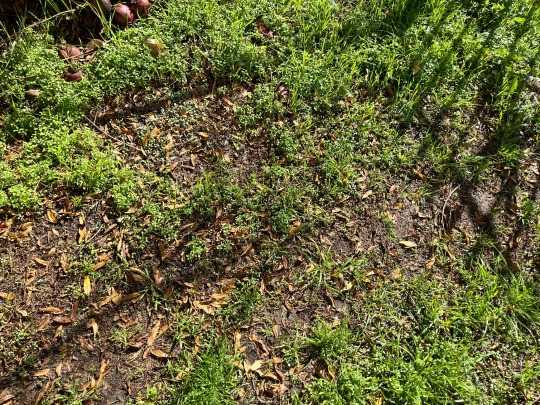
I’m restoring a backyard that needs some love. I decided to fill in the bare areas with 3 types of clover instead of grass. I’ve been spreading seeds between the rain.
40 notes
·
View notes
Text
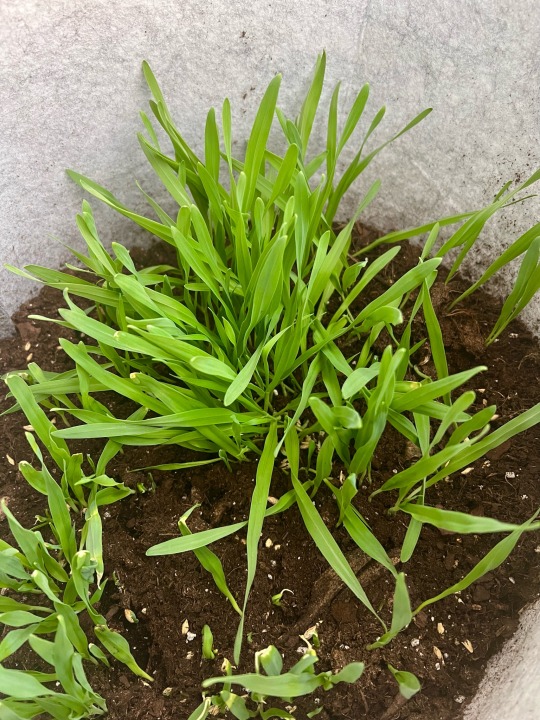

9/25/23 ~ Since being in school, I’ve learned a little more about cover crops. I ordered this book called Gardening with Grains by Brie Arthur and I am really enjoying it so far. So I may or may not have ordered barley & hard wheat seeds 👀😅😁 Not only are the good for your soil, but they are pretty added into your landscape even mixed with ornamentals. I have started a container of Barley (yes, I’m doing some in a container) so far, but also going to plant some in a little patch or patches in my yard. I just got my wheat in today, so I haven’t planted any of it yet.
What am I going to do with them when they are ready to harvest? I don’t know 😂 Maybe I’ll have enough Barley and Wheat to try and make a small batch of my own home brew 🍻 Or maybe I’ll let them dry out and use them in little floral arrangements.
Have any of you tried to grow or do grow any grains?
#indoor garden#container gardening#sustainable gardening#vegetable gardening#starting seeds#veganuary#grow organic#grow your own food#organic gardening#tomato garden#barley#grain#cover crop#growing grains#wheat#whole wheat bread#wheat field#sustainability#sustainable agriculture
17 notes
·
View notes
Text
youtube
It's no secret we're not huge lawn fans at Epic Gardening - I don't have one in my yard, @Jacques in the Garden doesn't in his, and Chris DOES have a lawn...that she created herself and that includes NO turf grass, while providing all of the traditional benefits of a lawn space. In this video she'll go over 3 different alternatives for those of you in colder climates.
00:00 - Intro
01:08 - Benefits Of Covering The Ground
01:53 - 1. Cover Crop
03:43 - 2. Low-growing Perennials
07:13 - 3. Turfgrass Lawn Alternative
10:35 - Outro
IN THIS VIDEO
→ GardenStraw: https://bit.ly/3O4XlS1
Available from many seed providers:
→ Buckwheat
→ Borage
→ Sweet alyssum
→ Winter field peas
→ Native wildflower seeds (buy from a local source)
→ Clover (Microclover, Red clover, Crimson clover, White Dutch clover)
→ Self heal
→ Chamomile
→ Yarrow
Perennial ground covers available from most garden centres:
→ Lamb’s ear (Stachys byzantina)
→ Mediterranean creeping thyme (Thymus longicaulis)
→ Creeping thyme, multiple species and varieties of Thymus praecox and Thymus serpyllum
→ Wooly thyme (Thymus praecox subs. britannicus)
→ Alpine Strawberry (Fragaria vesca)
→ Bugleweed (Ajuga reptans)
→ Wintergreen (Gaultheria procumbens)
→ Redwood sorrel (Oxalis oregana)
→Wild ginger (Asarum canadense)
→ Bulbs: Crocus, Galanthus (snowdrops), Fritillaria, Narcissus (daffodil)
#epic gardening#solarpunk#gardening#lawn#cold climate#ground cover#Cover Crop#Low-growing Perennials#Turfgrass Lawn Alternative#turfgrass#Youtube#alternative lawn#lawn alternatives#anti lawn
58 notes
·
View notes
Text
Double your organic matter
2 notes
·
View notes
Text

A couple of weeks ago, we discussed the different methods of crop irrigation that farmers use and how climate change is affecting the volume of water needed to keep fields hydrated and healthy here in the northeast. Managing water use wisely by installing efficient irrigation systems is just one of many steps that farms can take to reduce their impact on the local ecology while increasing their profitability and productivity. This week, we’ll touch on the importance of protecting and improving soil health to the future of sustainable farming.
Building healthy soil and preventing erosion
Sustainable agriculture is often used interchangeably with the term ‘regenerative agriculture’ because of the focus on restoring degraded farmland back to its former vitality and biodiversity. Beginning in the early 1900s, traditional farming techniques underwent a rapid transformation as mechanization replaced animal and human labor. As a result of these changes, the use of artificial fertilizers and pesticides was introduced, farms grew larger, yields increased and free-range, pastured animals were confined to smaller areas or moved into feedlots.
During his youth in the 1950s, my father worked as a part-time laborer on a small farm in the north of England where he witnessed firsthand many of these changes occurring in real-time. The farm horse named Kit that he had grown fond of and spoiled with carrots and apples was replaced by a Ferguson tractor, while ancient hedgerows filled with blackberry briars and bountiful plum and damson trees were removed to make it easier for the new tractor to plow the land. He recalls forking out chicken and cow manure from the back of the horse-drawn cart to naturally fertilize the fields and hand-harvesting potatoes amongst other “backbreaking work” that is now performed by machines instead of farmhands.
While all this modernization has spiked farm efficiency and production, it has often come at the expense of the health of the farmland, livestock and environment. Regenerative agriculture aims to restore the land back to its former fertility by reintroducing many of the traditional farming techniques of my father’s youth. At its core, it centers on promoting and bolstering soil health as fundamental to a farm’s ability to thrive and prosper well into the future by adopting a range of methods including the following:
Crop rotation and diversity: Rather than planting the same crop in the same field year after year, which eventually depletes the soil of certain nutrients and can lead to pest infestations, farmers introduce a different type of crop each year or at multiyear intervals. They can also include intercropping which involves growing a mixture of crops in the same area.
Cover crops and perennials: Cover crops such as clover, rye, buckwheat, mustard and vetch are planted in fields during the off-season when the ground might otherwise be left bare. This helps protect and build soil health by replenishing nutrients and preventing erosion from extreme weather events that are becoming more frequent due to climate change. Perennial crops such as alfalfa and asparagus keep soil covered, suppress weed growth and maintain living roots in the ground year-round which hold soil in place and helps stabilize the areas in which they are planted.
No or limited use of chemicals: Crop rotation and planting cover crops will naturally reduce or eliminate the need for synthetic pesticides and fertilizers over time by protecting and boosting soil biology. Regenerative agriculture allows for the judicious use of chemicals only when needed, such as when restoring heavily depleted soil to its natural resilience.
Compost, animal and green manure: Farmers can increase the amount of organic matter in their soil and boost its fertility through the application of compost, animal manure and ‘green manuring’ their cover crops which entails plowing under the still-living, undecomposed plants into the ground where they slowly release fertilizing nutrients like nitrogen.
Reducing or eliminating tillage: Traditional plowing (aka tillage) prepares fields for planting and prevents weed growth by mechanically turning over the uppermost layer of soil. Unfortunately, plowing disrupts soil microbiology (bacteria, fungi and other organisms) which causes soil loss and releases carbon stored in the soil’s organic matter into the atmosphere as carbon dioxide, which we all know is a potent greenhouse gas. Alternatively, no-till or reduced-till methods involve inserting crop seeds directly into undisturbed soil, which reduces erosion and conserves soil health.
Agroforestry: Agroforestry refers to the practice of incorporating trees into farmland, such as the plum and damson trees my father remembers in the old hedgerows. By cultivating trees and shrubs on their property and mixing them into their operations, farmers can provide shade and shelter that protect crops, livestock, and water resources, while also leveraging additional income from fruit, syrup, nut, or timber yields. Agroforestry promotes biodiversity on a farm and trees are, of course, critical to slowing the effects of climate change. Plus, trees promote soil health by preventing erosion, fixing nitrogen and supporting the growth of fungi and other soil microbes.
Unlike large, industrial farms that grow monoculture crops and factory farmed animals, the small, local farms that partner with Down to Earth farmers markets have long embraced many of these sustainable agricultural practices. From composting to pasturing livestock to crop diversification, our farms understand the importance of soil health and are invested in protecting the local ecosystems and communities in which they operate, while producing a range of healthy, nutrient dense foods. It’s a win-win for everyone!
#downtoearthmkts#farmersmarket#eatlocal#shoplocal#buylocal#eatdowntoearth#regenerative agriculture#farmersmarkets#agroforestry#crop rotation#cover crop#crop diversification#localfood#no till
3 notes
·
View notes
Text
Critical Cover Cropping and How it Can Improve Your Soil Health
What you need to know about cover cropping!
#covercrop #covercropping #organicgardening #soilhealth
What is Cover Cropping & How Does it Work?
Cover cropping is the practice of growing crops between main crops in cycle to improve soil health and fertility. A cover crop is any crop grown to cover the soil and may be incorporated into the soil later for enrichment. Cover crops are planted in the fall or spring and left to grow until they are killed in the late spring or early summer. Cover crops…

View On WordPress
0 notes
Text

drawing stupid shit again
#magneto#x men 97#art#erik lehnsherr#x men#shitpost#cover them up meme#ask to repost first pls but u can do it as long as u don’t crop out the watermark#i’ve had the worst fucking art block for the past few days so i dragged this out of myself kicking and screaming#my art#mausolart#old man yaoi#suggestive#greatest hits
751 notes
·
View notes
Text

Thinking about how maybe not only does Andrew get Abram comfortable in water/bathing situations again post-Evermore, but Abram trusts him so much he dozes off TT they're gonna get all pruney in there but I guess that's the price we pay
#why yes this is a cropped version#and why yes im finally requesting payment for the full (its on patreon)#altho its not super exciting. abram is mostly really good cover here#this is the important part!!#HES FINALLY SLEEPING PEACEFULLY#AND THATS WHAT MATTERS#fan art#my art#aftg#all for the game#neil josten#andrew minyard#royal au#andreil#for clarity:#the sketch/lines are traditional#and colored digitally 👌
612 notes
·
View notes
Text


They!
#Brett choosing a picture from when Phil was his date and Phil choosing his favorite bts photo which is of him and Brett#to post as their literal cover photo for their emmy posts i'm#Ted Lasso cast#Brett Goldstein#Phil dunster#royjamie#Roy x Jamie#Ted Lasso#2023 emmys#Emmy boyfriendsss#i know these aren't cropped evenly but i wanted to include brett's full caption
2K notes
·
View notes
Note
I GOT THE SWORDDD!!!!!

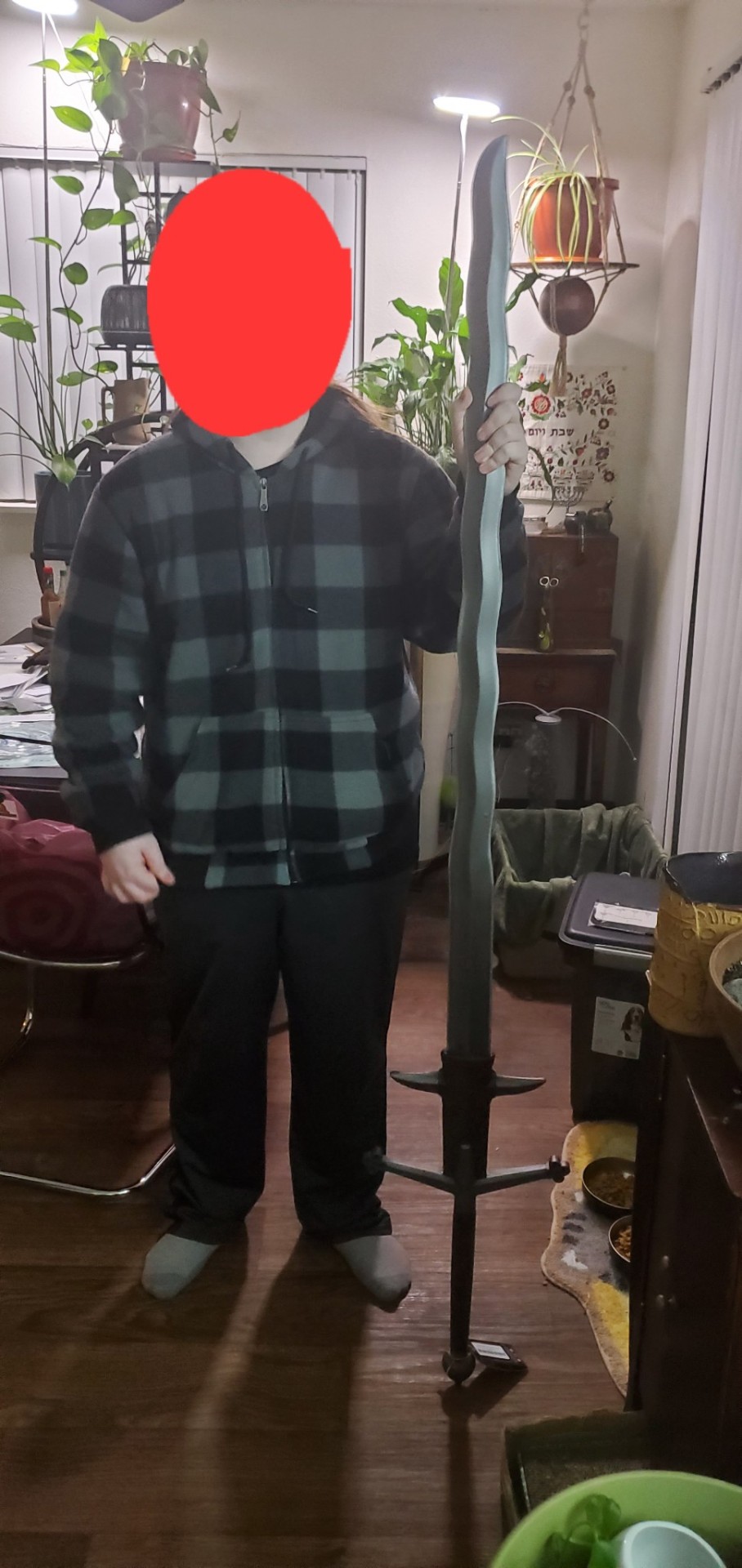
Also christ its taller than ME!

#my response#Your sword looks AWESOME!! :DD#Also dont mind my poorly cropped and pixelated sword that I had to draw over to cover up the terrible yellow glare-#I did my best ASJNSJKC XD#I also have no idea where my sword is from or what it is-#it was a gift from a cosplay friend so I am don't know :(#and my sword is up to my shoulders!#which doesn't give you any kind of scale cuz no one knows my height---
334 notes
·
View notes
Text
new animedia cover is good as hell


#g witch#ikemen sulemio? ikemen sulemio#yeah that's the cover i didn't crop anything out#g-witch#witch from mercury#suletta mercury#miorine rembran#sulemio
400 notes
·
View notes
Text


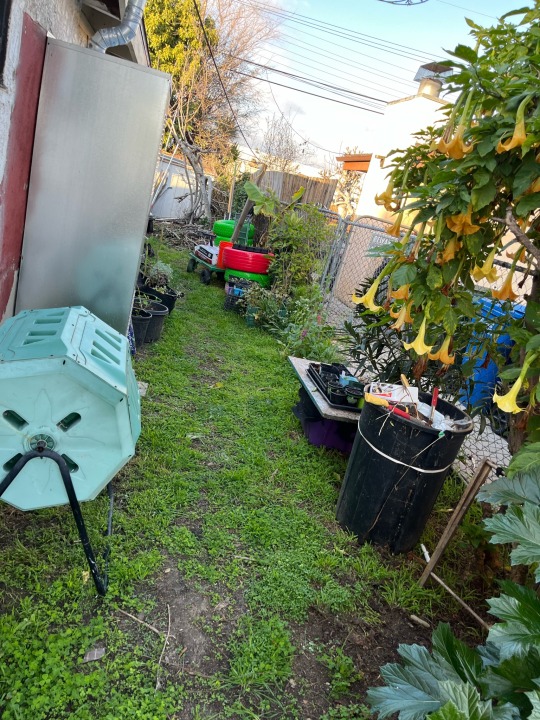
Before and after pictures. I planted 3 types of clover seeds to fill the dirt areas. It actually blends well with the grass after a mow.
19 notes
·
View notes
Text

3/4/23 - Also impulsively purchased these bowles periwinkle as a cover crop because they are pretty. Just found out that they are invasive & toxic to humans and kitties 🥲 Since a lot of the backyard is still mud with no grass growing (😅) I added them to the side I don’t use for anything else (And the side that my cats don’t go on). Let’s see if they are truly an invasive cover crop 😂😂💀
Kinda hate myself for this purchase without researching 🥲
#landscape#periwinkle#floral#flower garden#horticulture#container gardening#vegetable gardening#sustainable gardening#plant life#growing food#plants#plant mom#cover crop#food not lawns#garden blog
3 notes
·
View notes
Text









Veil
By @zoraedits
⟨don't remove watermark & repost elsewhere⟩
#veil manga#veil#manga icons#manga illustration#manga inspired#manga idea#manga cap#manga coloring#manga crop#manga covers#manga couple#manga kiss#manga layouts#manga love#manga panel#manga page#manga post#manga plus#manga pfp#manga#mangacap#zoraedits#webtoon#icons#zoraedits manhwa layout#zoraedits manhwa icons#manhwa#manhwa icons#soft icons#manhua
492 notes
·
View notes
Text


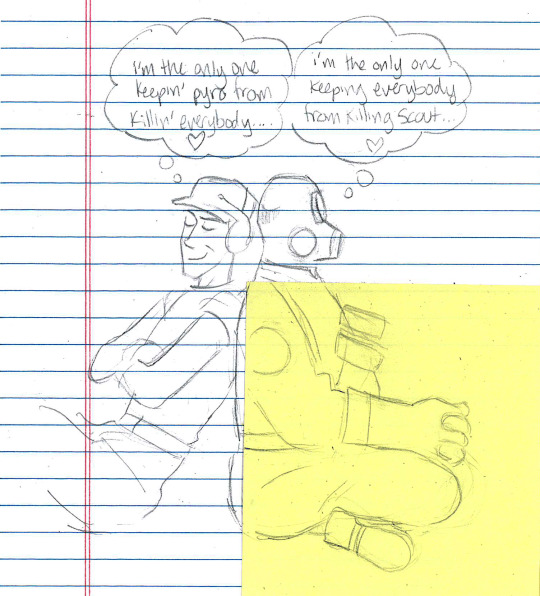
tf2sday: (mostly) offense class edition!
image descriptions, as always, in alt text
#i don't like the foxy grandpa drawing but it was hard to cover up/crop out so she stays#tf2#expect more soon i've been on a big colleen (ma) kick
331 notes
·
View notes
Text


“ You are wretched, rotten little beasts! ”
Absolutely love the concept of William wearing his normal clothes alongside the Springbonnie head ( if you couldn’t already tell ) 🐇 ( love u Weem )
#William Afton#william afton fanart#fnaf william afton#Springbonnie#springbonnie fanart#springbonnie plush#fnaf#fnaf movie#fnaf fanart#Freddy#Chica#Foxy#please click to see the full pics !! his ears are super long and get cropped slightly 😭#Bonnie#willry#sorry for the change of lighting in these from my usual photos I think he looks nicer in warmer lighting#I love this plushie sm I’m so happy with my work !!#he’s made differently to my other Springbonnie plush as this one has a sculpted mask covered in fleece !!
147 notes
·
View notes